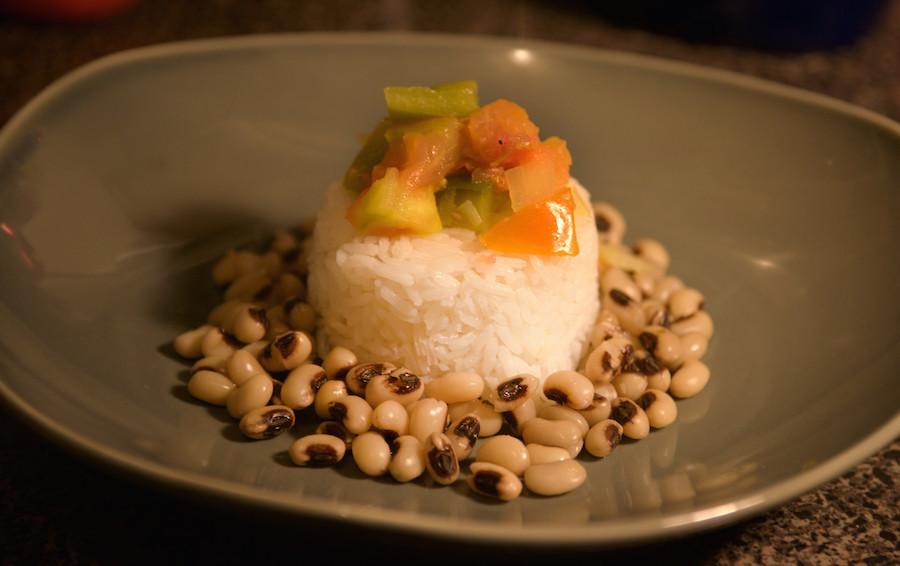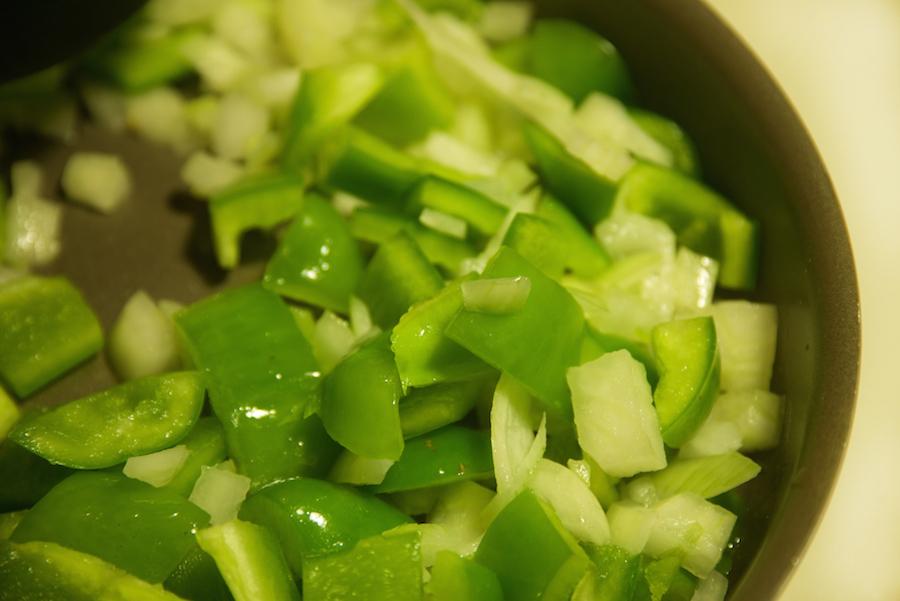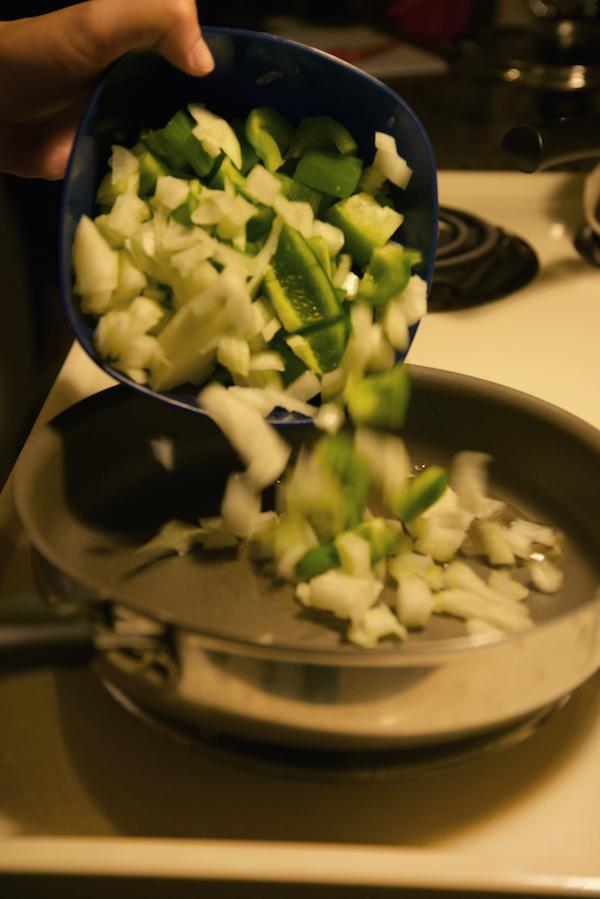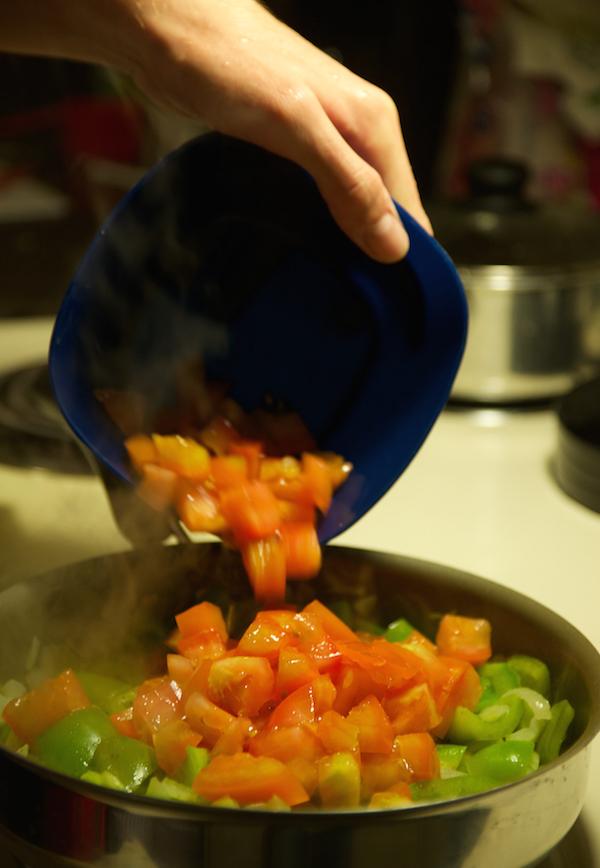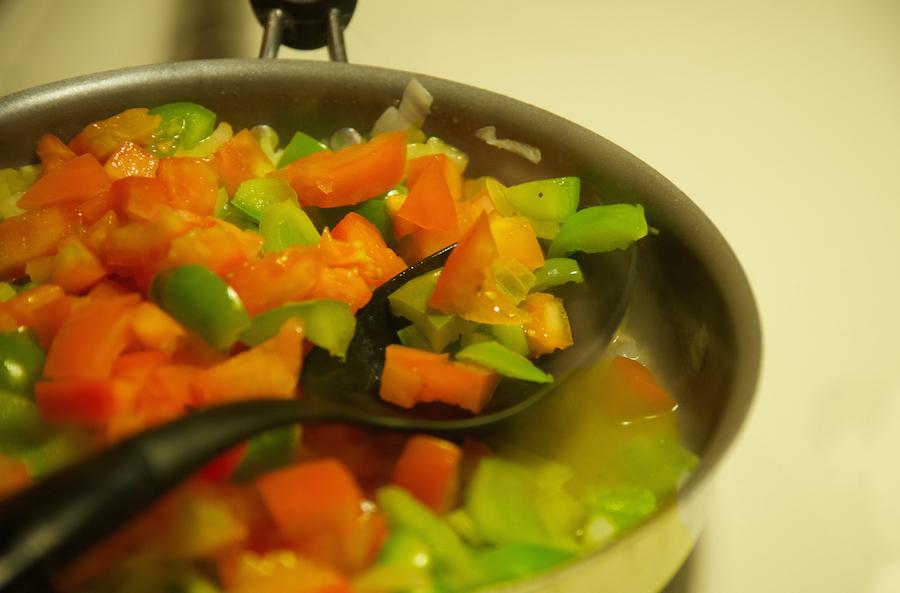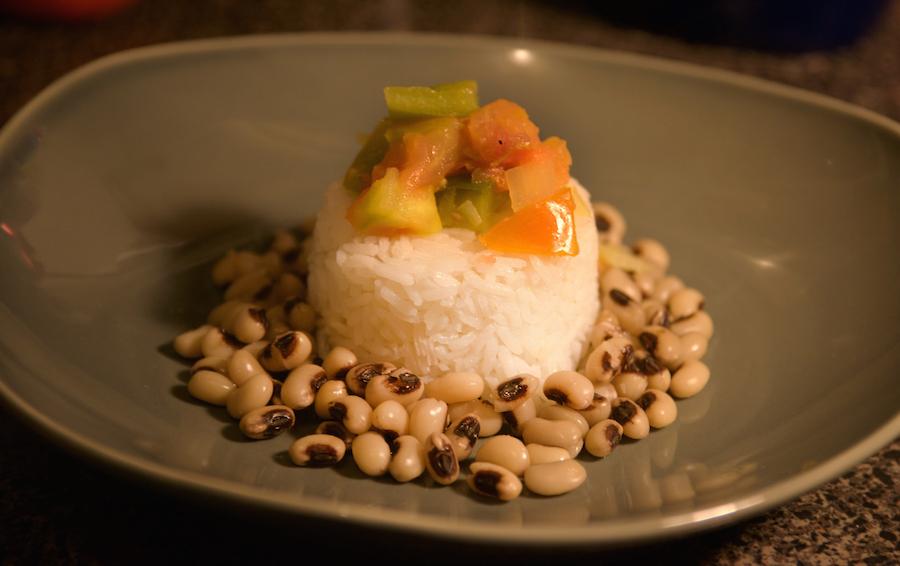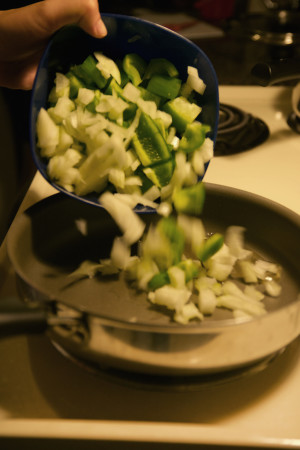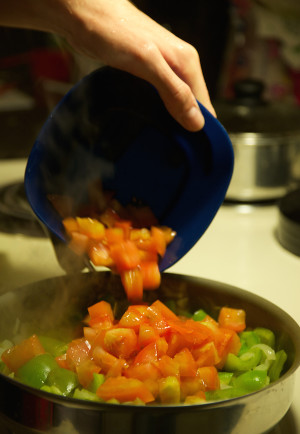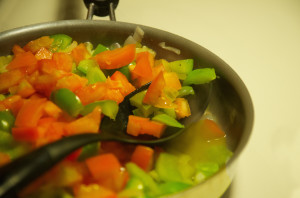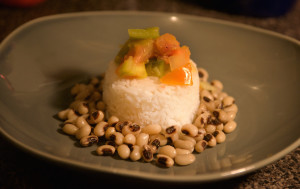Rosh Hashanah marks another new year
Preparing a typical RoshHashanah dish of Black-Eyed Peas.
September 10, 2015
This Sunday marks the beginning of Rosh Hashanah, the Jewish New Year. As one of the most important periods of the Jewish calendar, Rosh Hashanah is deeply tied to traditional foods. “Many are derived from translating the foods from English to Hebrew and vice versa,” Steinhardt freshman Rachel Nevers said. Nevers learned many of these traditions at her Jewish preschool, and like many Jews she still eats them every Rosh Hashanah. Whether you celebrate the holiday or not, you can enjoy these classic New Year’s dishes.
Apples and Honey
One of the most well known Rosh Hashanah snacks, this flavor explosion is to guarantee the year is as sweet as this treat. “Apples and honey also symbolize the hope of receiving the same blessing of wealth and power that Jacob received from the rabbis,” Gallatin freshman Sydney Miller said.
Round Challah
This Jewish bread is normally braided into a long loaf, but it is round to celebrate this holiday week. Rosh Hashanah’s literal English translation is “head of the year,” so this rounded shape represents the continuous circle of life. It is sometimes dipped in honey for a sweet year or eaten with salt to commemorate past sacrifices.
Seven Vegetable Couscous
God made the world in seven days, seven notes compose a musical scale and seven represents perfection throughout literature. But seven is also a perfect number for vegetable couscous, a Rosh Hashanah dish that not only represents natural goodness but also multitudes of blessings — one for each grain of couscous.
New Fruits
Since Rosh Hashanah coincides with the changing of the seasons, Jews celebrate the New Year by eating fruits that have just arrived at the market. These include pomegranates, since the fruit is said to contain 613 seeds, paralleling the 613 mitzvot (commandments) that God gave. Those who eat pomegranates are supposed to enact as many good deeds as there are pomegranate seeds consumed.
Fish Heads
There is nothing fishy about this tradition, which is an ancient symbol to ensure a fertile and abundant year. Fish heads are polarizing, since the Hebrew name sounds similar to the Hebrew word for worry, causing some to seek blessings from them and others to steer clear.
Black-Eyed Peas
Black-eyed peas represent luck through humility, because Jews believe their God will look favorably upon this modesty and change fate in their favor. However, remember to eat every lucky orb, or this dish will have the opposite effect. But “I Gotta Feeling” that will not be a problem, since this black-eyed pea recipe will bring friends and family- Jewish or not-running to get that “Boom Boom Pow” of flavor.
Serves: 4
1 cup black-eyed peas
7 1/4 cups water
1 cup uncooked white rice
1 tomato
1 onion
2 green peppers
1 tablespoon vegetable oil
Salt and pepper to taste
Preparing the black-eyed peas
- Soak peas in water overnight.
- Drain, then combine beans and 3 cups of fresh water in a medium pot with lid on.
- Bring to a boil for about a minute then lower to a simmer, until peas are tender (keep lid on with a gap), approximately 90 minutes.
Preparing the dish
- Wash rice then cook with 1 1/4 cups of water (water amount varies, depending on preferred tenderness), approximately 20 minutes.
- Dice tomatoes, onion and peppers to desired size.
- Pour oil into pan then add onions and peppers to saute, put lid on.
- When vegetables are almost done, add tomatoes, season with desired salt and pepper amounts.
- Combine rice, peas and sautéed produce; serve and enjoy.
Email Diamond Naga Siu at [email protected].











































































































































